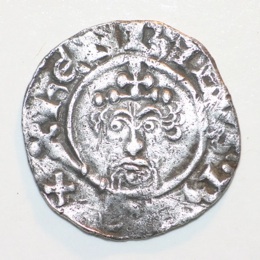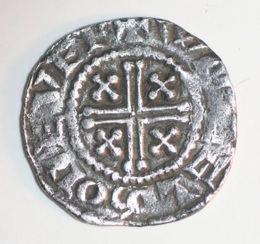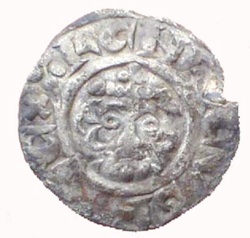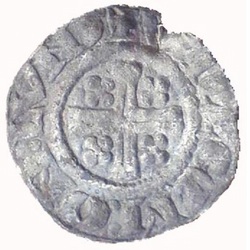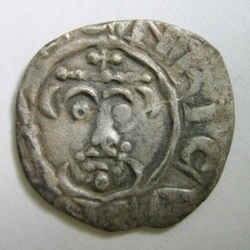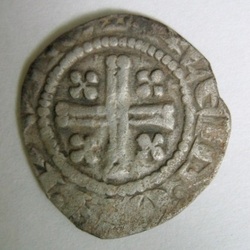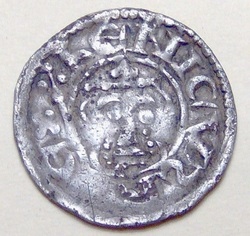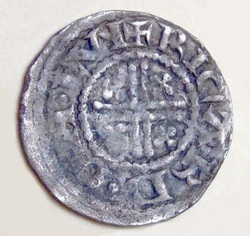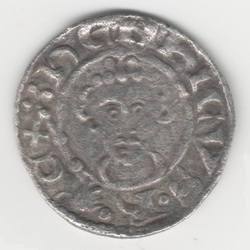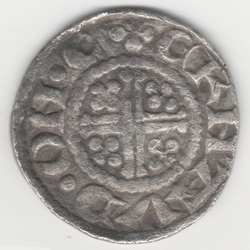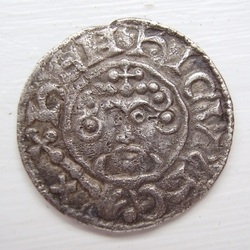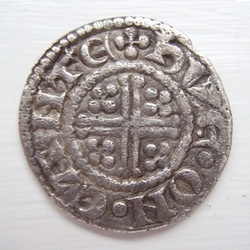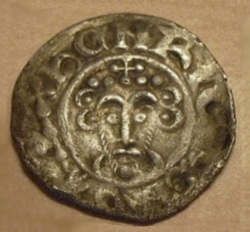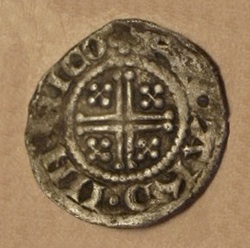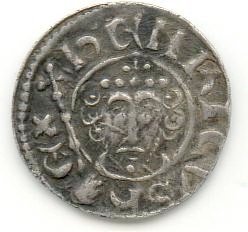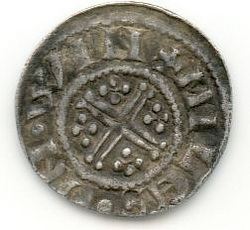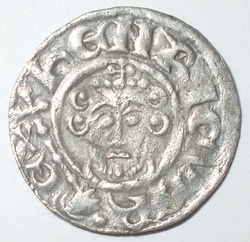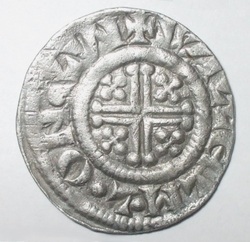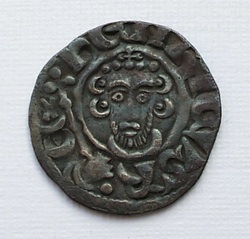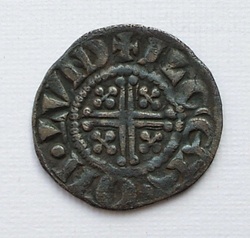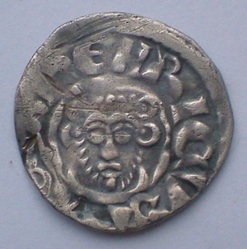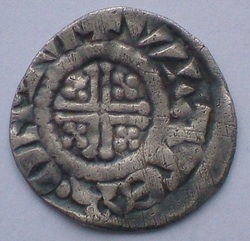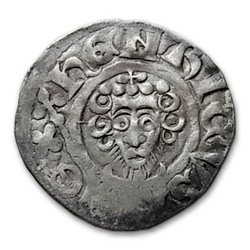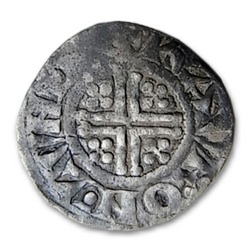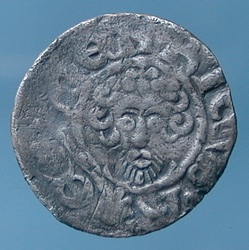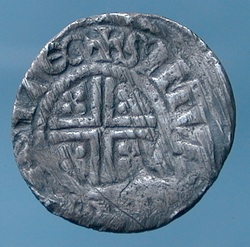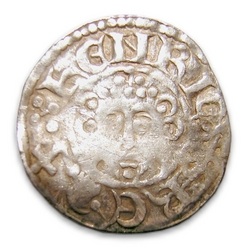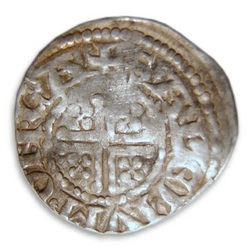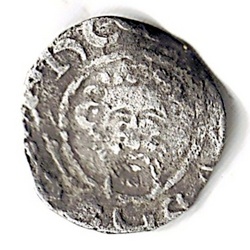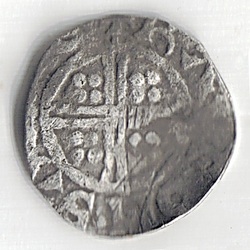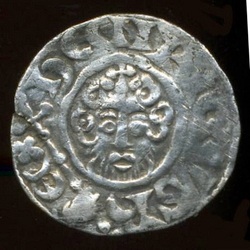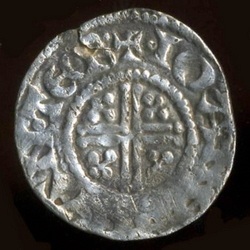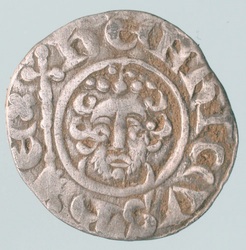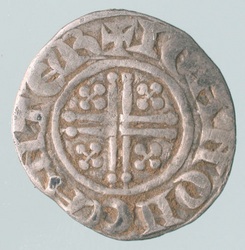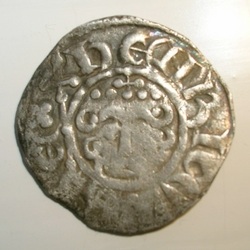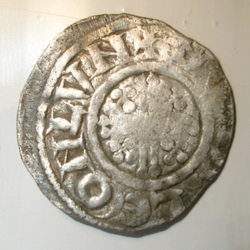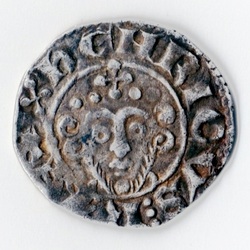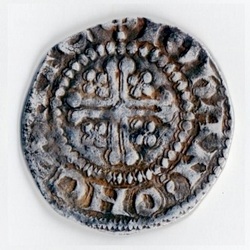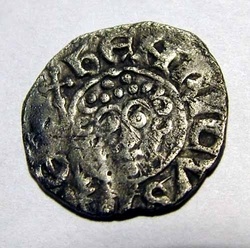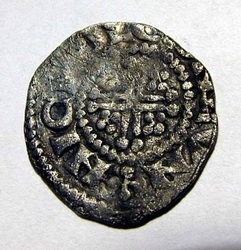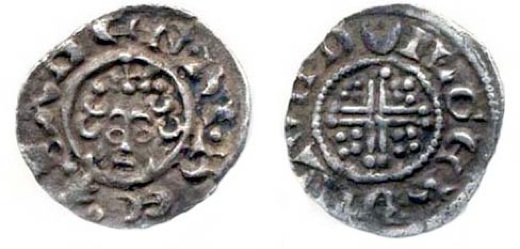Short Cross Coinage
Introduced in 1180, the new Short Cross Coinage replaced the often poorly struck Tealby issue. This new coinage covers the reigns of Henry II, Richard I, John and into the reign of Henry III. All Short Cross coinage bears the name “hENRICVS”.
The coins can be divided into 8 different classes and each coin bears the name of the moneyer who minted it, and the name of the mint at which it was produced. A table of mints, moneyers and the classes each moneyer produced can be found in Spink's Coins of England and the United Kingdom.
All coins minted were pennies with the exception of rare round halfpennies and farthings of class 7. Cut halfpennies and farthings can still be found of the Short Cross issue.
Continental imitations of this issue are known, and can generally be identified by them not quite fitting any of the descriptions, having misspelt legends, or unusual portraits.
Key things to look out for.
Type of hair: Smaller non-pelleted curls were used from Henry II up to John class 5a1. Circular pelleted curls were used from John class 5a2 onwards.
Style of the lettering: Some classes can be distinguished by differences in the shape or style of lettering used. The descriptions from Spink listed below tell you of any differences in the lettering for each class.
Mint and moneyer: The mint and moneyer can be very helpful in narrowing down the coin, and as explained above, the table of mints and moneyers in the Spink Standard Catalogue is a very useful tool when doing this.
Initial Mark: On the reverse of the coin there is an initial mark between the end of the mint name and the start of the moneyer's name. Most Short Cross coins will have a cross Pattee as its initial mark, but a few have a cross Pommee. If the initial mark is a Cross Pomme then it can only be a John 5a1 or Henry III class 8 (unless it is an imitation), or Rhuddlan Mint. The round halfpennies and farthings have up-turned crescents as initial marks.




